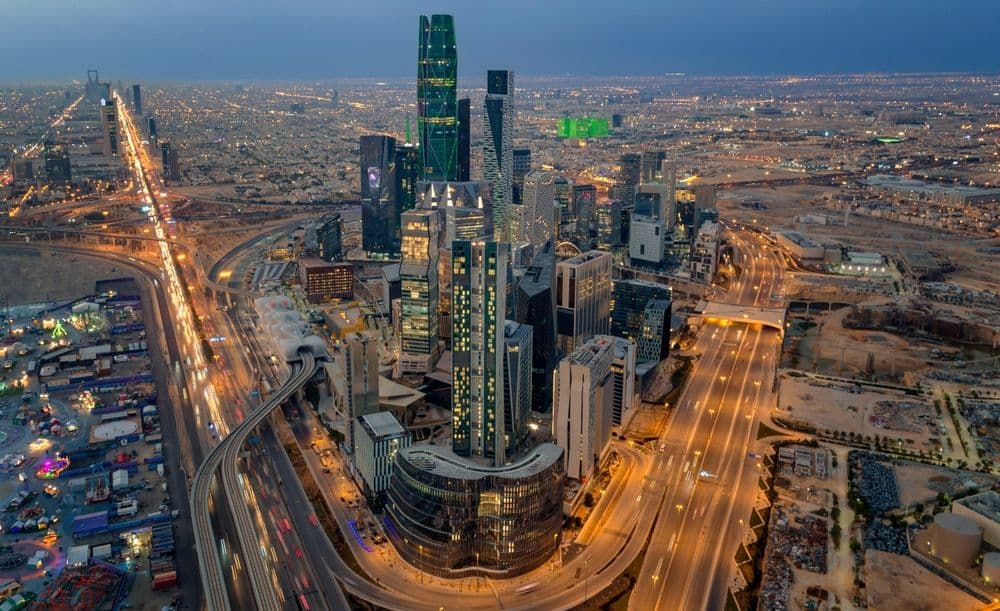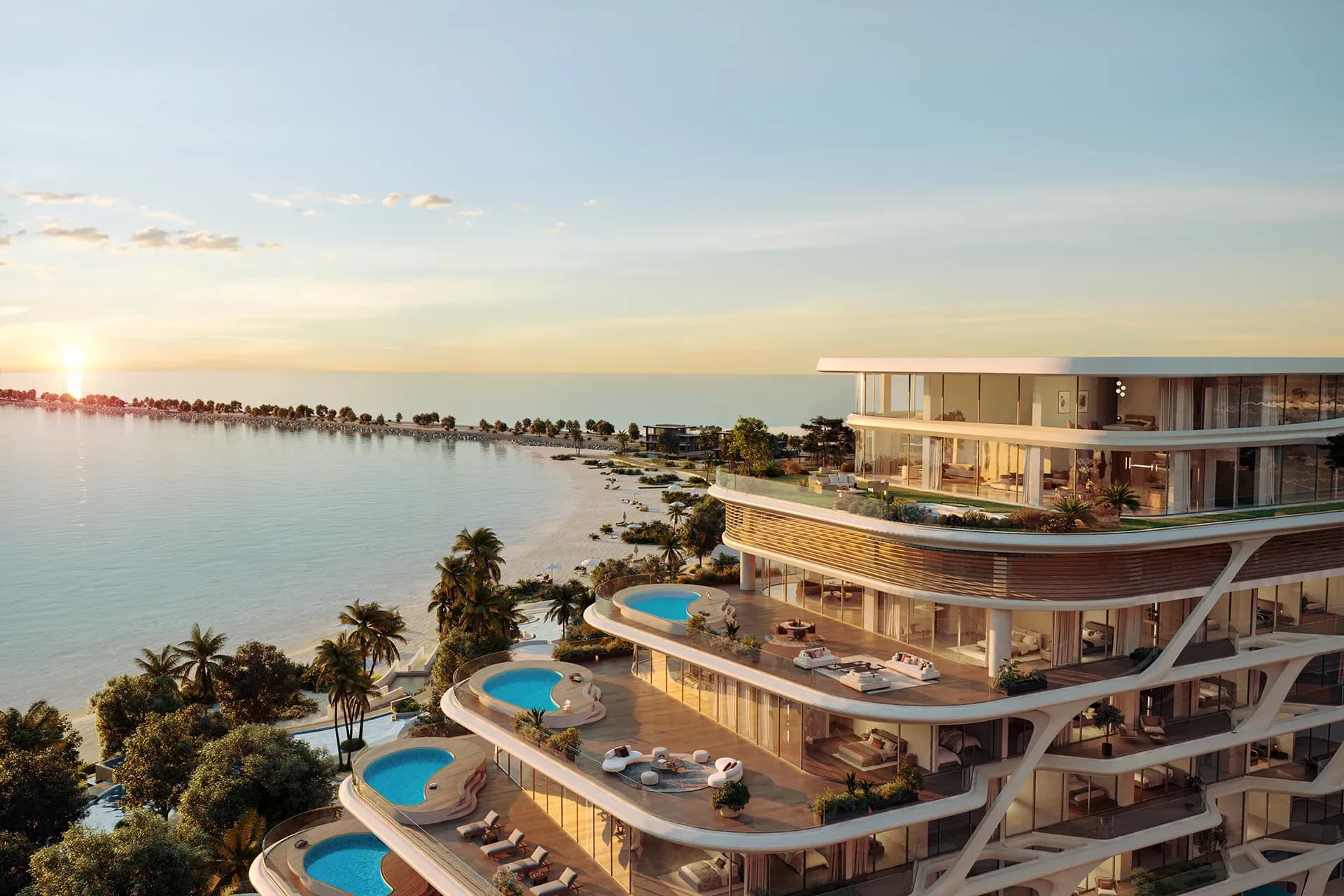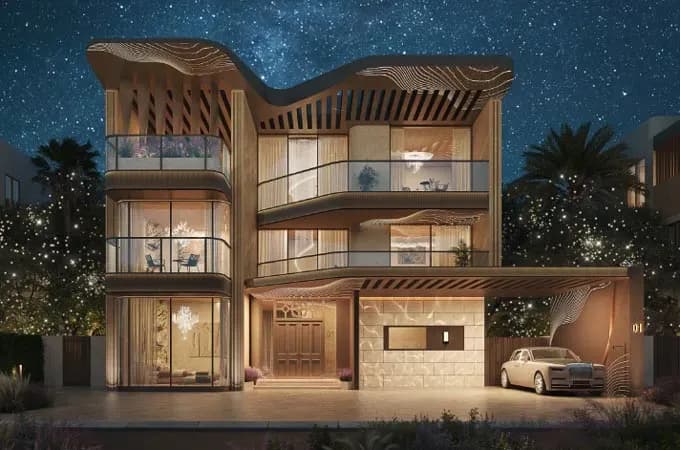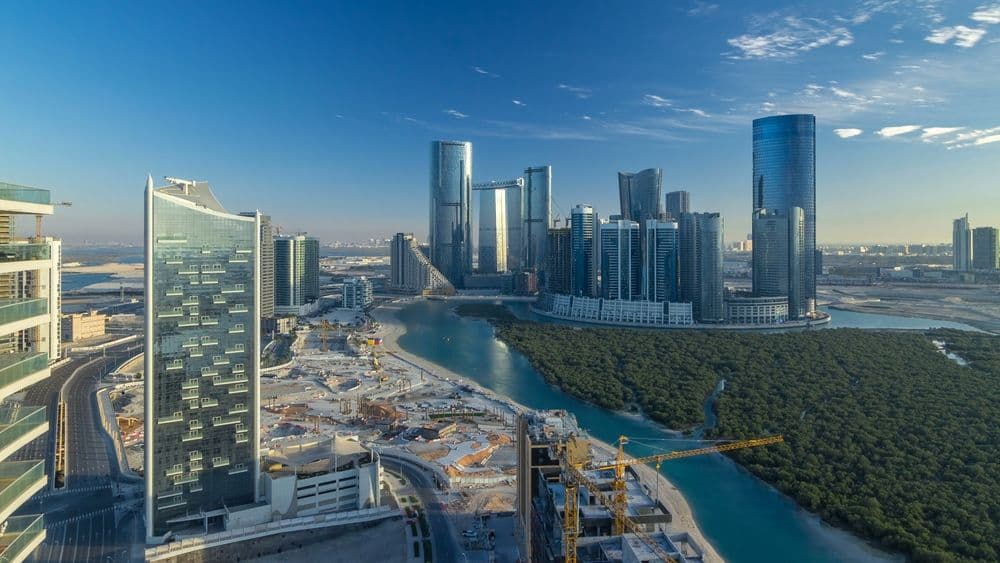Retail Sector Expands Amid Shifting Consumer Trends
Retail activity remains robust, supported by stronger consumer spending and growing tourism. Sales volumes are projected to grow at a 4.4% CAGR through 2027.
However, rental growth has remained modest, reflecting a balanced market. A landmark partnership between Majid Al Futtaim and Diriyah Company will anchor Diriyah Square with VOX Cinemas and seven global brands, reinforcing the evolution of mixed-use, pedestrian-friendly destinations.
The retail pipeline continues to grow, with 800,000 sq m of new space under development — including Westfield Riyadh (formerly Jawharat Riyadh), Bellevue Riyadh, and Avenues Mall, all slated for delivery between 2026 and 2027.
Tourism and Hospitality on the Rise
Saudi Arabia’s hospitality sector recorded a 10% year-on-year increase in RevPAR as occupancy rose 11% nationwide. Riyadh posted a 2.7% gain, while Jeddah saw a 7.3% decline, reflecting competitive adjustments in pricing.
PIF-backed Adeera Hospitality launched three new homegrown hotel brands — Alia, Sama, and Noor — to operate across Qiddiya City, further localizing the sector.
Tourism surged with 32 million summer visitors and USD 14.2 billion (SAR 53.2 billion) in spending, a 15% annual increase, underscoring tourism’s growing role in the non-oil economy.
Industrial Sector Sees Sustained Growth
Saudi Arabia’s Industrial Production Index rose 7.1% year-on-year, with manufacturing up 5.6%. Logistics rents in Riyadh continued to rise, particularly in Al Faisaliyah and Al Mashael, reaching USD 80 per sq m annually (SAR 299).
Jeddah’s Asfan submarket recorded the highest national rent at USD 94 per sq m annually (SAR 350), supported by USD 116 billion in construction-related investment and new factory openings across the Kingdom.
Market Outlook
Matthew Green, Head of Research, MENA at CBRE, said:
“Saudi Arabia’s real estate market is currently moving through a major transformation phase, amidst significant regulatory reforms and sustained strategic investments, creating a dynamic environment for investors, developers, and occupiers alike.”
With a combination of strong policy support, economic diversification, and a vast project pipeline, Saudi Arabia’s real estate sector is set to remain one of the most compelling growth stories in the global property market.





